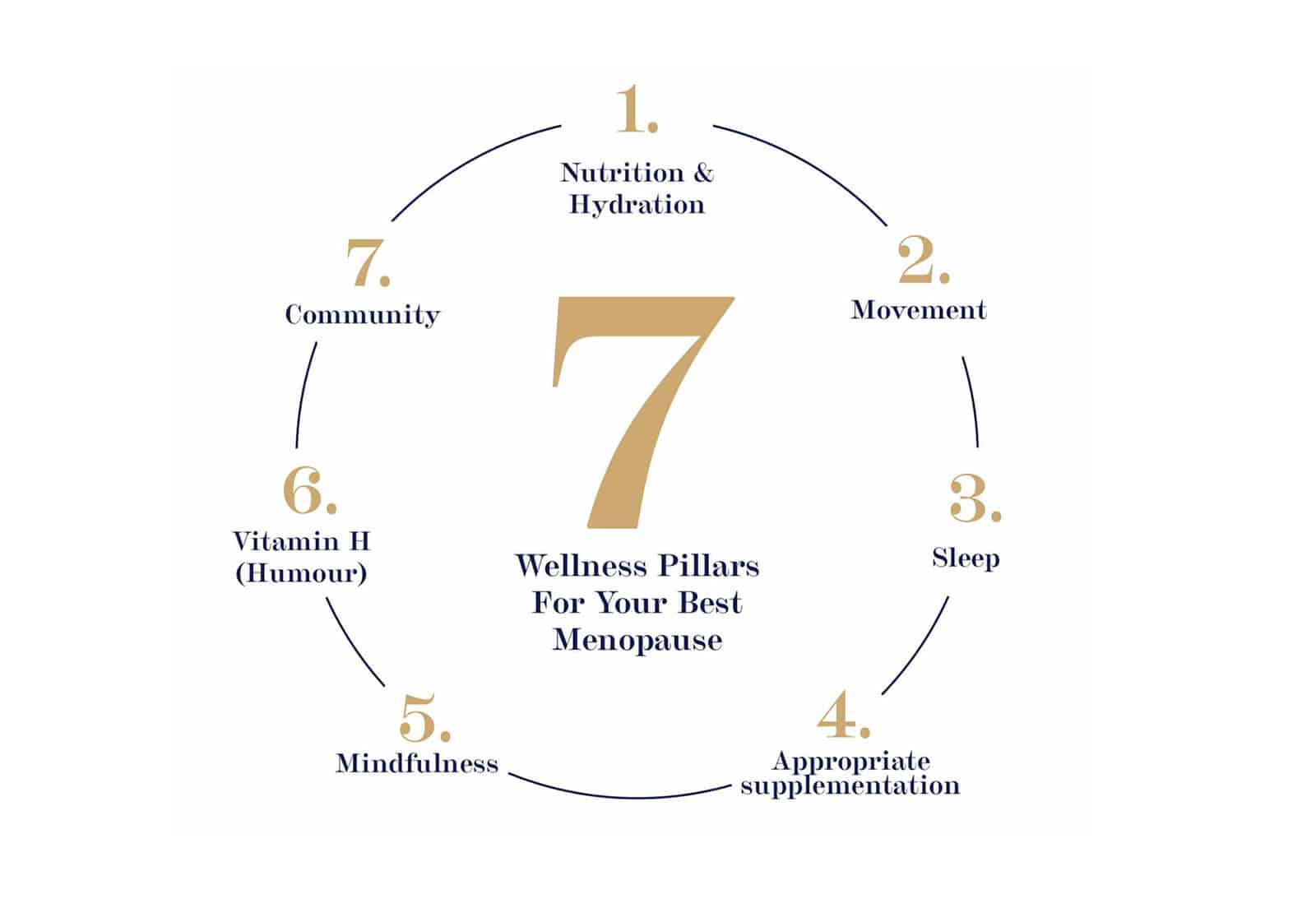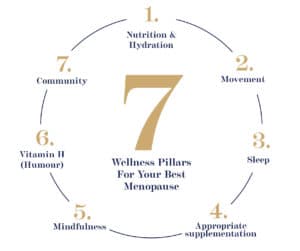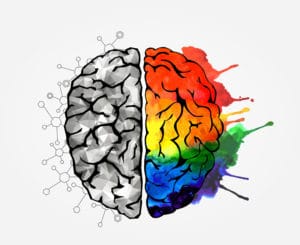9 Ways To Take Care Of Your Mood & Cognition | 2022 World Menopause Day

World Menopause Day (WMD) 2022 is shining a light on mood, cognition and brain fog.
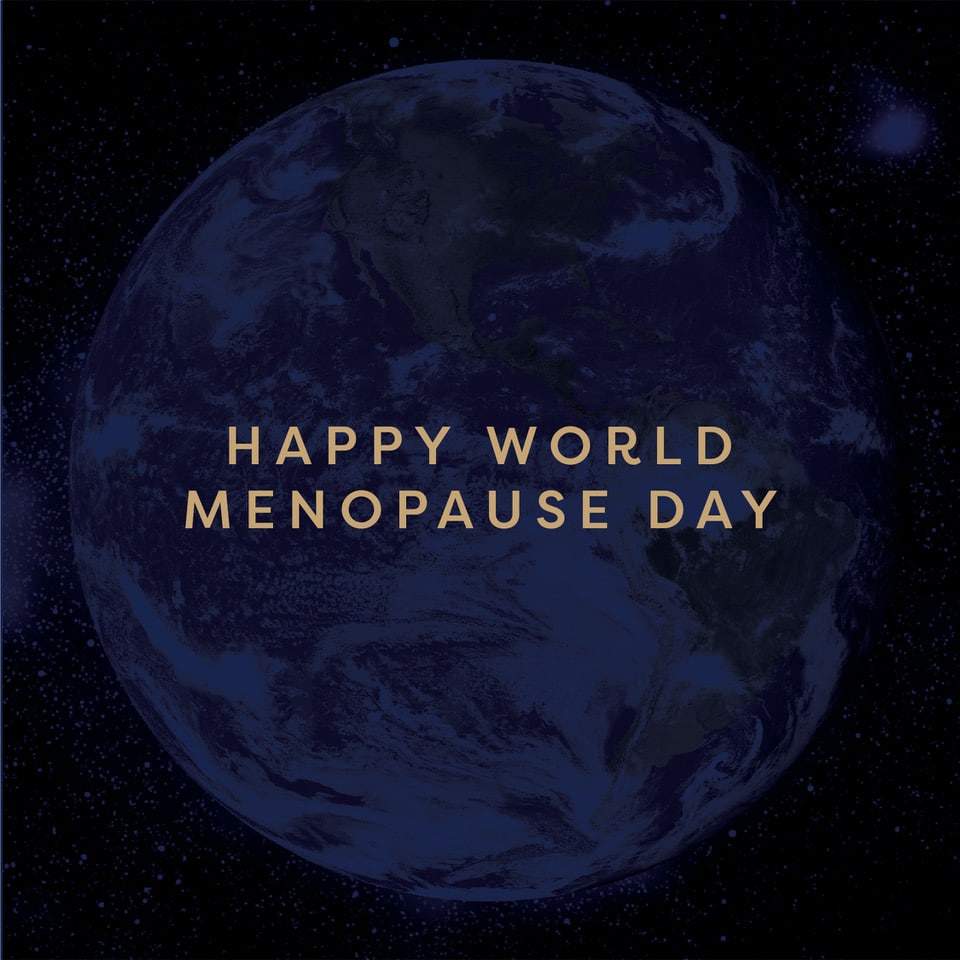
Every year WMD falls on October 18. It was established in 1984 alongside World Menopause Month by the World Health Organisation (WHO) and the International Menopause Society (IMS) to create awareness and highlight women’s post-reproductive health.
Since those early days, the menopause conversation has gone through massive change. Especially in the last five years because women are no longer keeping quiet. They’re also flying the flag and shouting out that menopause isn’t about getting ‘old’, it’s about a new life stage.
Indeed, menopause has gone mainstream after decades of sweeping it under the rug only to be talked about behind closed doors.
Related: The History (and Stigma) of Menopause
As a result, while we love World Menopause Day because it creates chatter, we also know a deluge of information has emerged. And it can be confusing and overwhelming. Moreover, there’s a lot of misinformation out there too.
Therefore, you’ve got to pick your sources! Rest assured, you’re in good hands here because we’re all about the science and getting the facts right.
After all, we’re talking about women’s health so it deserves the respect of accuracy.
The basics of World Menopause Day –
what is menopause?
Menopause is an umbrella term for the natural tapering off of female reproductive hormones. On average* it begins around early to mid-40s with the last period occurring at age 51/52. And then a woman is in post-menopause for the rest of her life.
The beginning is known as perimenopause or the lead-up.
Oftentimes, during perimenopause, the hormonal ‘tapering’ doesn’t flow smoothly. Progesterone can lower and estrogen can through highs and lows before declining.
And these fluctuations can often be behind some of the common signs and symptoms of menopause. Hot flushes, night sweats, changes to period flow – heavy or scant, mood swings, sleep disruption, anxiety and brain fog.
*This is average, for some women it’s earlier for others later.
Related: What Age Does Menopause Start?
Awareness & Research | World Menopause Day
Unfortunately, historically there hasn’t been enough awareness of perimenopause so women are sometimes caught unaware by their symptoms. Because of this many women have thought they may have a serious disease i.e early-onset dementia due to brain fog.
Related: 4 Ways To Prepare Your Body For Perimenopause Before It Starts
However, perimenopause / menopause isn’t an illness, it’s a natural part of growing older. Therefore, it’s not ‘curable’ but it’s definitely manageable. This is why we offer our scientifically tested 40+ and 55+ for perimenopause and post-menopause.
In addition, until recently there hasn’t been a lot of research in the field. Hence World Menopause Day was created to help encourage more openness and study into menopause.
After all, menopause affects 100% of the population. The women who experience it and the people around them.
Menopause is not an illness
Just to be clear. Menopause is not an illness, it’s a natural life stage, our second puberty. Or second spring as the Chinese call it. And it’s the transition of going from your fertile years through to your post-reproductive years.
So far so simple? Yep, but as noted above it doesn’t mean the transition is always easy. In fact, something like 1 in 4 women finds perimenopause a challenging time due to the vast array of symptoms that can occur. Symptoms that can disrupt both work and personal lives.
Indeed, there are a whole range of signs and symptoms and each year World Menopause Day hones in on one area.
Related: Your Second Spring | 7 Smart Ways To Manage Menopause
The theme for World Menopause Day 2022 is mood and cognition

Last year’s theme was bones which is vital reading here.
The International Menopause Society white paper definition of brain fog is:1
‘the constellation of cognitive symptoms experienced by women around the menopause, which most frequently manifest in memory and attention difficulties and involve such symptoms as difficulty encoding and recalling words, names, stories or numbers, difficulty maintaining a train of thought, distractibility, forgetting intentions (reason for coming into a specific room), and difficulty switching between tasks’
Brain fog
What does the International Menopause Society1 mean by mood, cognition and brain fog?
‘all forms of knowing and awareness, such as perceiving, conceiving, remembering, reasoning, judging, imagining, and problem-solving’
Cognitive complaints at menopause include difficulty recalling words and numbers, disturbances in daily life (misplacing items like keys), trouble concentrating (absent-mindedness, losing a train of thought, more easily distracted) and forgetting appointments and events.
Another manifestation of cognitive difficulties involves symptoms of attention deficit hyperactivity disorder (ADHD).
However, the cognitive changes at menopause should not be confused with dementia; dementia before age 64 years is rare.
Women should be reassured that, unless they have a family history of early-onset Alzheimer’s, dementia at midlife is very rare, affecting 293.1 per 100,000 women globally.
Another key question is whether these cognitive changes resolve. Findings from the Study of Women Across the Nation (SWAN) suggest that any cognitive change is limited to perimenopause.
Findings from the Penn Ovarian Aging study indicate that difficulties in verbal learning persist in post-menopause while difficulties in verbal memory resolve in post-menopause.
Critically, these participants were not followed well into post-menopause.
Together, these findings suggest that memory difficulties resolve for many women but persist for some into post-menopause.
What menopause-related factors appear to influence cognition?
The IMS white paper1 recognises that there are estrogen receptors in the brain serving memory and other cognitive functions. Estrogen, or more specifically estradiol (E2*) decline likely contributes to changes in memory.
Furthermore, they note that brain imaging studies link vasomotor symptoms (hot flushes/night sweats) to adverse changes in brain structure and function.
And sleep difficulties as well as low mood are also associated with cognitive difficulties at menopause though further research is needed.
What’s more depressive and anxiety symptoms are also linked to cognitive symptoms at menopause, ‘although it’s not yet known whether treating those symptoms causes a rebound in memory’.
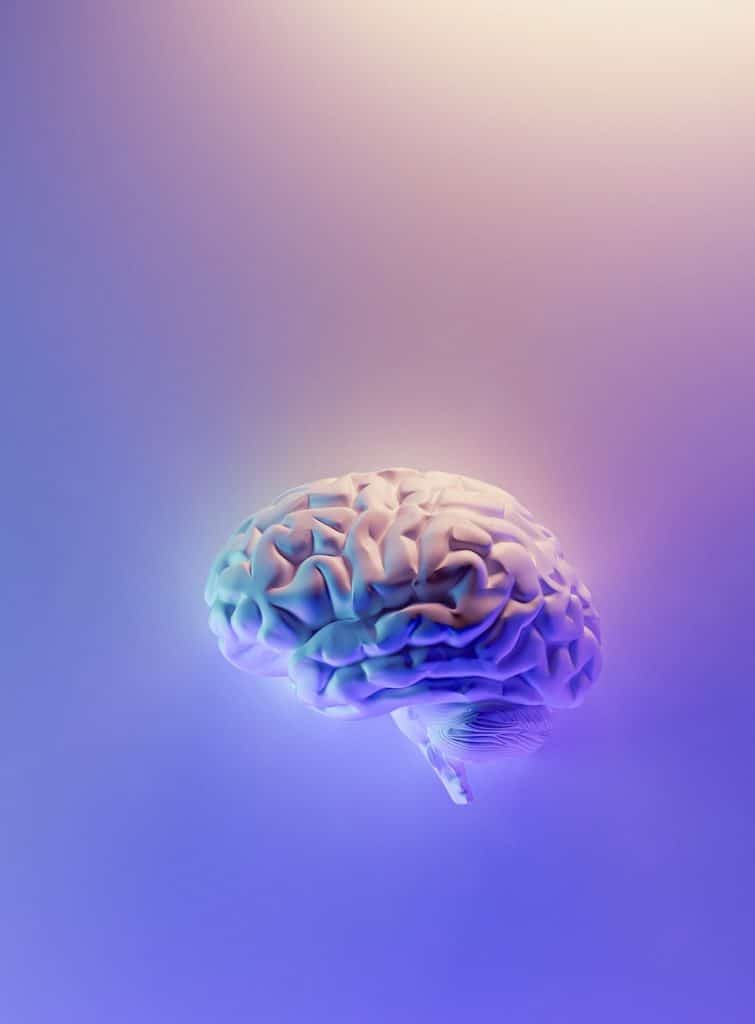
Key points:
The cognition challenges you may experience in midlife are linked to changes in estrogen (specifically estradiol [E2*]), vasomotor symptoms (VMS), sleep and mood.
While women worry they’re experiencing signs of dementia and certain risks can’t be changed, it’s estimated that about 40% of dementia worldwide are due to adjustable risk factors involving lifestyle.
“Dementia at midlife is very rare so women should be reassured that memory problems in perimenopause is very common and they typically get better over time.”
Source: International Menopause Society2
*Estrogen is not a singular hormone, the term refers to a group of estrogens:
- Estrone (E1) – usually stored in fat and muscle. A weaker estrogen more dominant in post-menopausal women.
- Estradiol (E2) – the strongest estrogen and the main player in women of childbearing age. Estradiol is behind the development of our breasts and curves and fat distribution. It’s the estrogen that keeps our bodies lubricated, skin plump, bones strong and brain alert.
- Estriol (E3) – the weakest estrogen – pregnancy is the only time we have a lot of it.
Guidelines from the World Health Organisation (WHO) and the 2020 Lancet Commission agree on specific modifiable risk factors such as physical activity, smoking, cognitive activity, social interaction, obesity, hypertension, diabetes, hearing impairment and depression.

The Lancet Commission also included traumatic brain injury and air pollution as potentially modifiable risk factors.
Midlife is an ideal time to intervene as a recent meta-analysis revealed five factors at midlife that increased dementia risk by 41–78%, including obesity, diabetes mellitus, current smoking, high cholesterol and hypertension (borderline blood pressure[BP]).
A companion systematic review found that another three factors–hyperhomocysteinemia, psychological stress and heavy drinking were associated with elevated dementia risk
A multi-pronged approach is recommended, as risk increased by 20% with one risk factor, 65% with two factors and 200% with three risk factors.
A word about menopause and long COVID
The white paper1 is clear that symptoms of menopause and long COVID are similar and may lead to misdiagnosis. Additionally, they say there isn’t enough data to distinguish cognitive issues from menopause and those from long COVID.
Heart health = brain health
Top tip: Ensure you’re drinking enough pure, filtered water or herbal teas. Your brain thrives on hydration.

9 ways to protect your brain from the IMS and WHO for World Menopause Day1
- Know that a healthy heart goes hand in hand with a healthy brain.
- Get regular check-ups – obesity, high blood pressure and diabetes are harmful for brain health.
- Watch your weight with a healthy BMI 18-25 and set a goal for your lower blood pressure to 120 mm Hg18.
- Cut down on starchy, fatty, sugary foods, and eat plenty of fruits and vegetables. A nutritious Mediterranean-style diet is easy to follow.
- Engage in regular physical activity – increased cardiovascular fitness decreases the risk of dementia.
- Break a sweat with a minimum of 150 minutes of moderate-intensity aerobic physical activity weekly.
- A healthy lifestyle includes getting enough sleep, minimising stress, drinking only in moderation and stopping smoking.
- Challenge and exercise your brain by learning new skills, reading and volunteering.
- Stay connected – social engagement can boost your brain health. So find ways to be part of your local community and share quality time with family and friends.
Additionally, the IMS suggest protecting your head from injury and avoiding second-hand tobacco smoke and air pollution.
Related: What Can You Do To Prevent Alzheimer’s/Dementia?
Conclusion
World Menopause Day
Our beautiful brains can go through a lot of changes during menopause. And while brain fog, memory and attention problems are common they’re not usually to do with dementia or Alzheimer’s disease. It’s more likely to do with estradiol (E2).
The good news is there’s a lot we can do to look after our brains. And we should do so for a happier and healthier menopause and life.
Many of the brain fog challenges come to an end post-menopause for most women.
And the best advice for any stage of menopause – and life for that matter?Manage our weight, keep an eye on our heart health, exercise, keep reading, learning and interacting with others.
We’ve found following our 7 Wellness Pillars For Your Best Menopause are super good guidelines.
Like MenoMe® World Menopause Day is about empowering women through awareness, knowledge and research. For this reason, 40+ and 55+ have been through pharmaceutical-grade clinical trials which have shown them to help with depression, anxiety and sleeplessness. Just a couple of things that may contribute to brain fog.
Share with a friend
Sign up to our mailing list for the latest news and stories and receive a $5 discount code to redeem on your first purchase, plus receive a 3 step eBook on ways to support your body through menopause…
This site is protected by reCAPTCHA and the Google Privacy Policy and Terms of Service apply.
Related Articles
References
1. M. Maki & N. G. Jaff (2022): Brain fog in menopause: a health-care professional’s guide for decision-making and counselling on cognition, Climacteric, DOI:10.1080/13697137.2022.2122792
2. International Menopause Society Leaflet: Brain Fog and Memory Difficulties in Menopause

